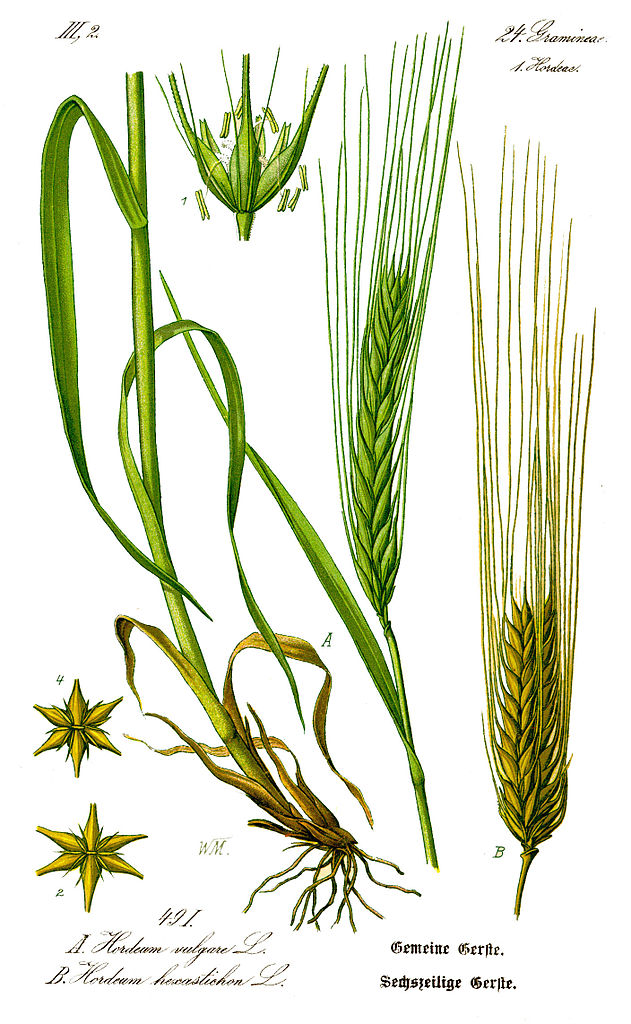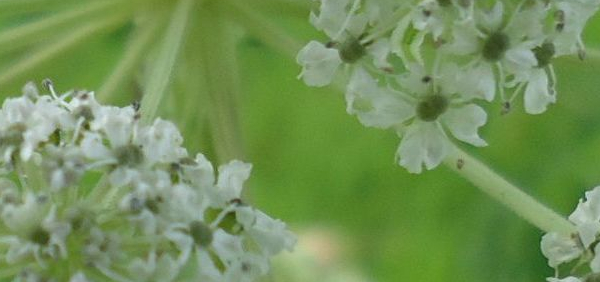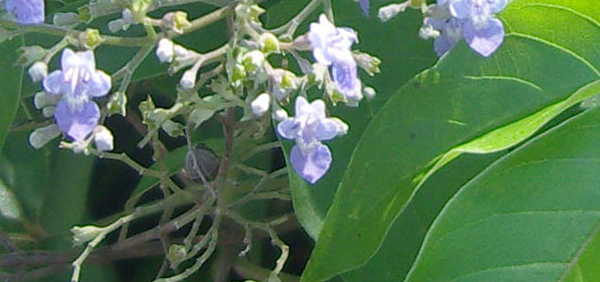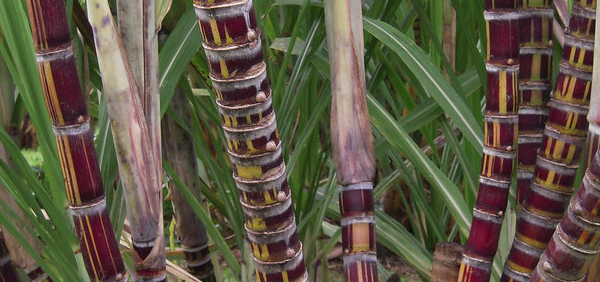Yava:

Geographical distribution:
India: Assam, Madhya Pradesh, Meghalaya, Punjab; Asia, Europe, America
ECOLOGICAL ASPECT:
Ranging from Boreal Moist to Rain through tropical Very Dry Forest Life Zones, barley is reported to tolerate annual precipitation of 1.9 to 17.6 dm (mean of 161 cases = 7.4), annual temperature of 4.3 to 27.5°C (mean of 161 cages = 12.1), and pH of 4.5 to 8.3 (mean of 138 cases = 6.5). Bukantis and Goodman note that barley has a wider ecological range than any other cereal grain. Barley has a shorter growing season than wheat or oats and can be grown at higher latitudes. Some varieties are grown in tropical India, in hot districts of Africa, and as far north as 70deg.N in Norway. In the United States it is grown in the cooler climates. Among the cvs, there are adaptations to almost any ecological situation, but most do not thrive in the humid tropics. Some forms survive under extreme conditions and mature in 60–70 days. Due to its ability to ripen at rather high temperatures, the southern limit for its cultivation is 10°N of Equator. Barley is not particularly winter-hardy, so is grown as a spring crop. In areas with comparative mild winters as the Mediterranean and India, it is grown as a winter crop. Average temperature during growing period is 15.5–17°C, preferably sunny and moderately rainy. Grown on soils which are too light or otherwise unsuitable for wheat cultivation; does well on light or sandy loam soil. Highest grades of barley are grown on fertile deep loam soils with pH of 7–8. Soils lower than pH 6 may induce aluminum toxicity. For malting barleys, soils should not contain too much nitrogen.
Plant conservation:
There are no known environmental concerns associated with barley

















